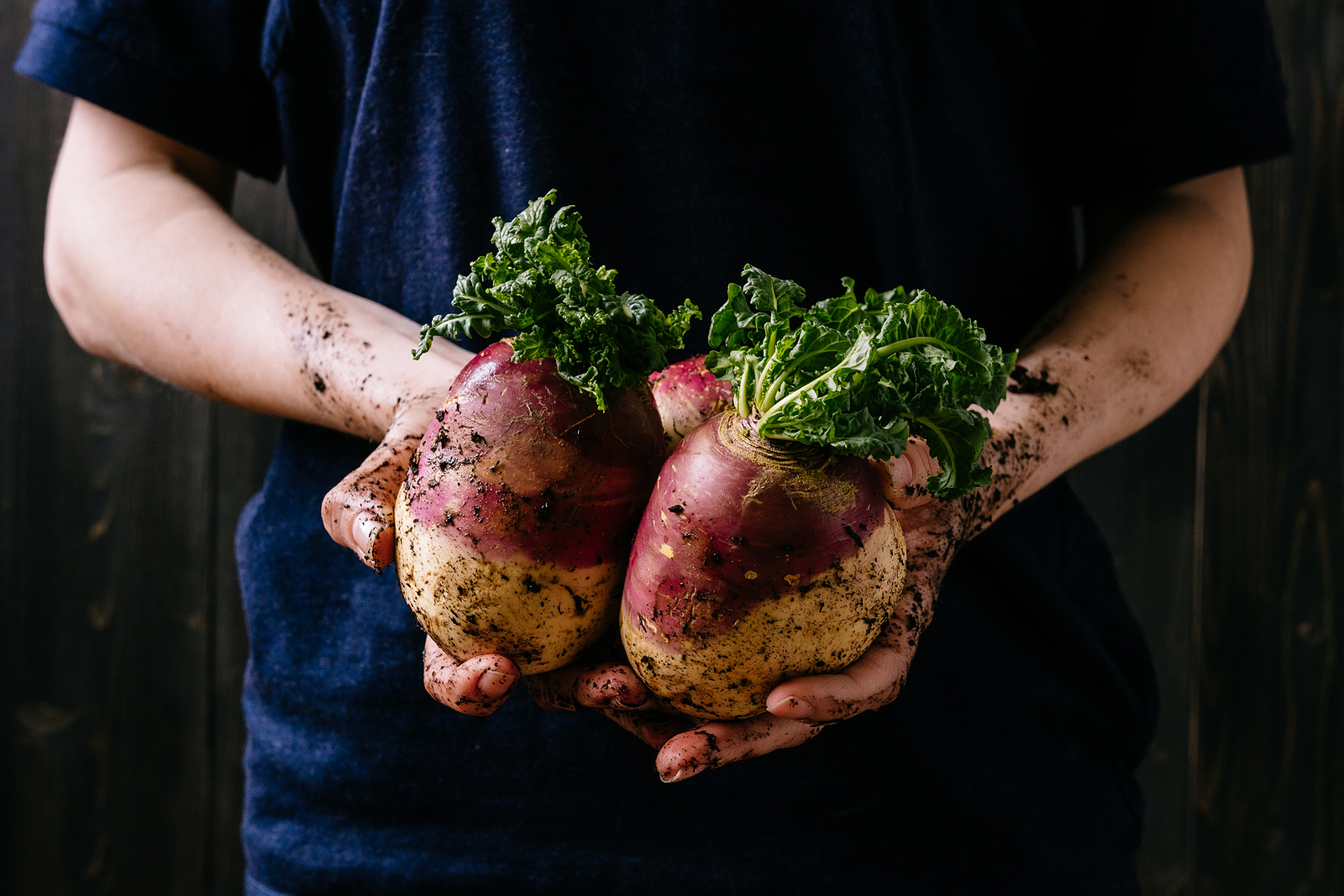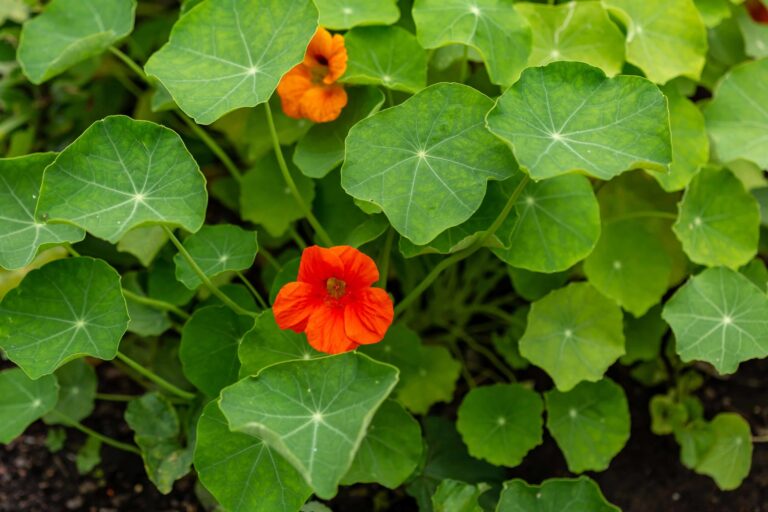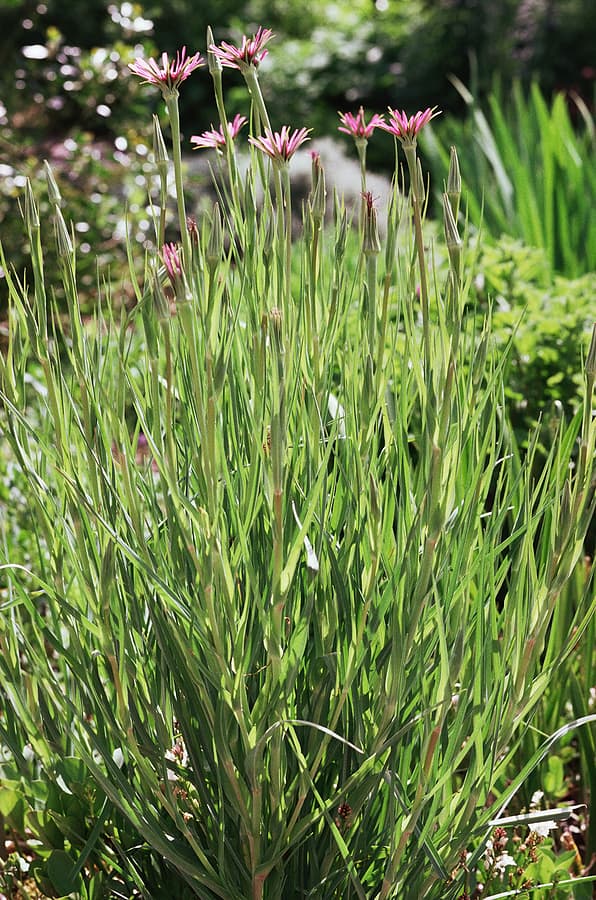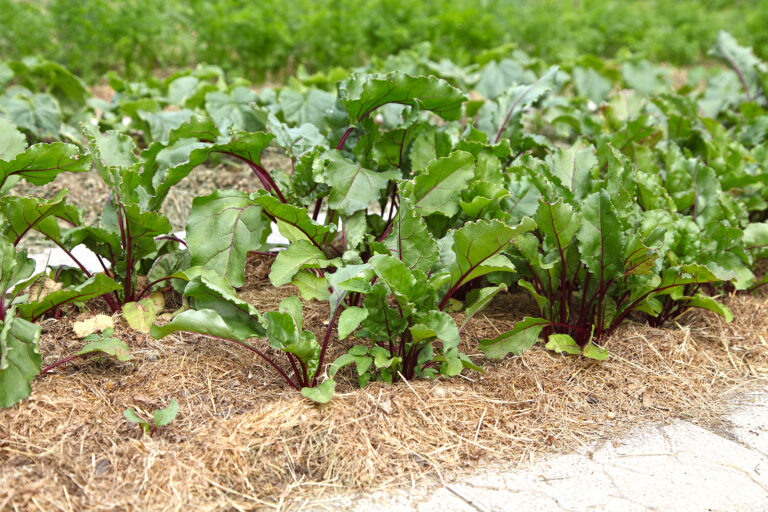How to Plant and Grow Rutabaga
Rutabaga is a hardy, cool-weather biennial vegetable grown as an annual. Rutabaga is grown for its large swollen root which has a purple or creamy brown or combination of both skin and yellow or white flesh. It is larger, denser, and sweeter than a turnip. Rutabaga has a rosette of smooth, deeply lobed, deep green leaves that grow from the swollen root. The rutabaga can be distinguished from the turnip by the leaf scars on its top.
Related articles:
- Seven Ways to Cook Rutabaga
- Rutabaga Seed Starting Tips
- How to Harvest and Store Rutabaga
- Rutabaga Growing Problems Troubleshooting
- How to Plant and Grow Rutabaga
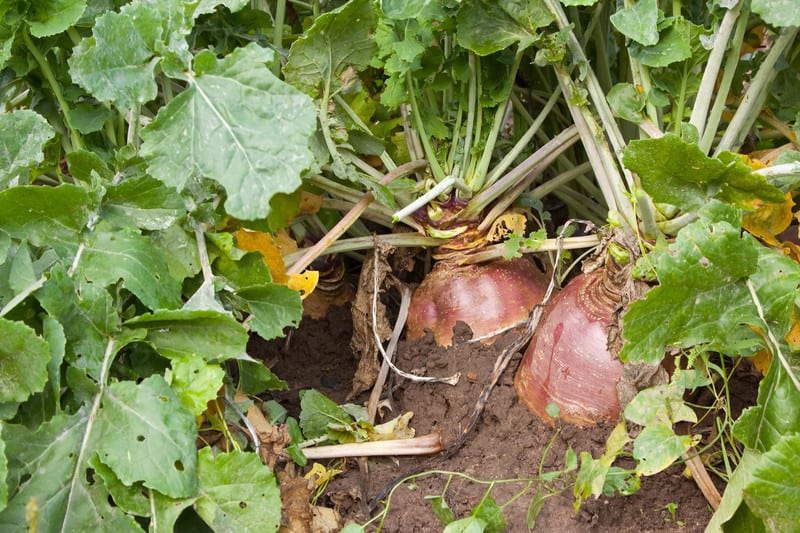
Here is your complete guide to growing rutabaga.
Rutabaga growing quick tips
- Sow rutabaga seed in the garden 4 to 6 before the average date of the last frost in spring.
- Sow rutabaga also in late summer for autumn or winter harvest.
- In mild winter regions sow rutabaga in autumn for winter harvest.
- Grow rutabaga so that it comes to harvest before temperatures average above 75°F (24°C); rutabaga requires 60 to 90 days to reach harvest.
- Yield. Plant 5 to 10 rutabagas per household member.
Where to plant rutabaga
- Rutabagas grow best in well-worked, well-drained soil rich in organic matter. Add aged compost to planting beds in advance of sowing.
- Remove soil lumps and rocks which could cause roots to split or become malformed.
- Rutabagas prefer a soil pH of 5.5 to 6.5.
Rutabaga planting time
- Rutabagas grow best in cool weather.
- Sow rutabaga seed in the garden 4 to 6 weeks before the average date of the last frost in spring.
- Sow rutabaga also in late summer for autumn or winter harvest.
- In mild winter regions sow rutabaga in autumn for winter harvest.
- Grow rutabaga so that it comes to harvest before temperatures average above 75°F (24°C); rutabaga requires 60 to 90 days to reach harvest. Rutabaga roots will become grow small and stringy in hot weather.
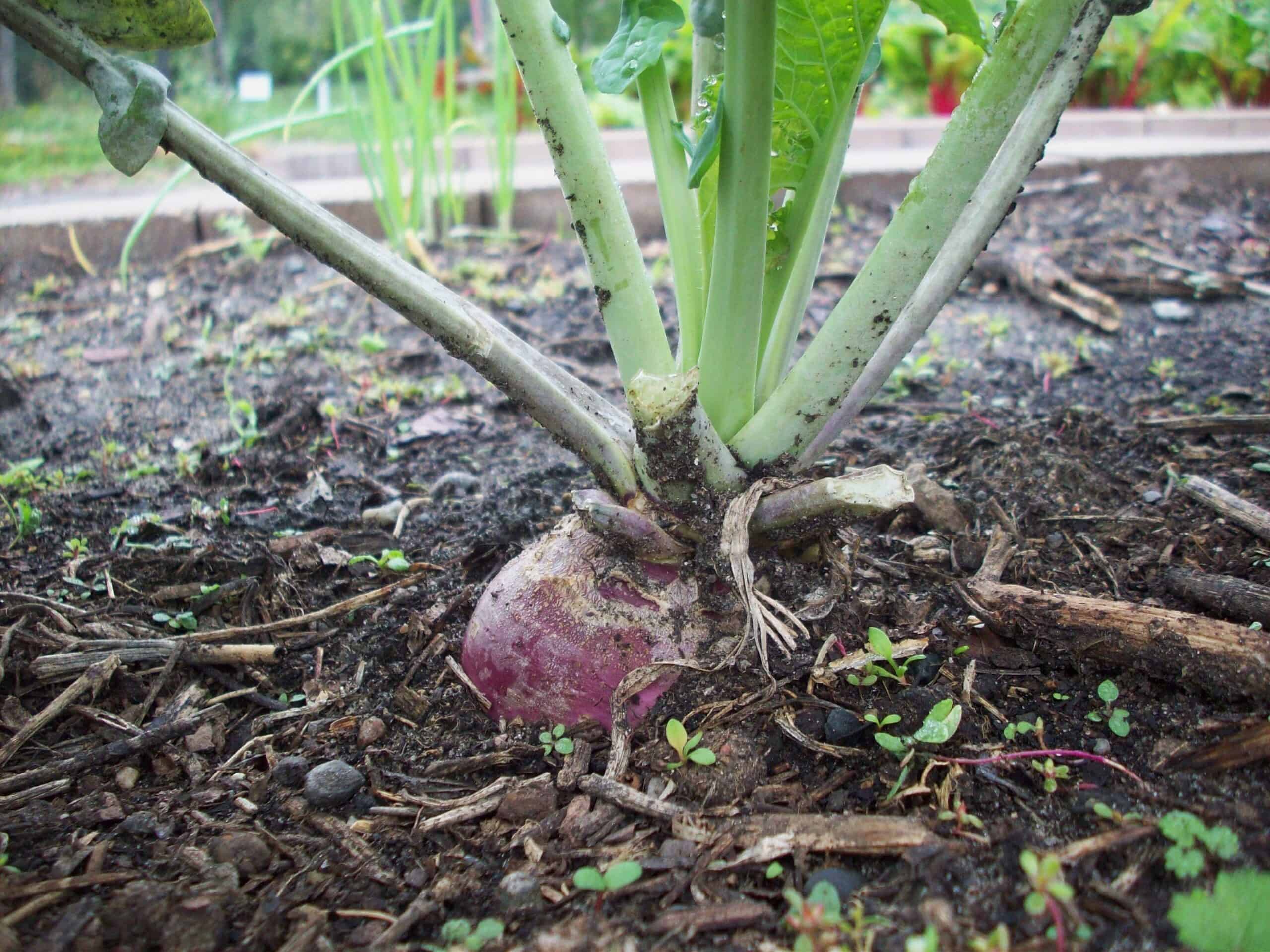
Planting and spacing rutabaga
- Sow rutabaga seed ½ inch (12mm) deep and 1 inch (2.5cm) apart.
- Thin successful seedlings to 4 to 6 inches (10-15cm) apart.
- Space rows 18 to 24 inches (45-61cm) apart.
- Thinning is important so that roots have room to develop.
Rutabaga companion plants
- Grow rutabaga with beets, carrots, and turnips.
Container growing rutabaga
- Rutabagas can become quite large–often reaching 3 to 5 pounds–and are not a good crop for container growing.
Watering and feeding rutabaga
- Give rutabagas regular, even water so that roots grow steadily. Do not let the soil dry out.
- Roots that grow too slowly will be tough.
- Sporadic watering can cause developing roots to crack.
- Feed rutabaga with compost tea or side-dress plants with aged compost.
Rutabaga care
- Grow rutabagas in cool temperatures or they will be small and bitter.
- When roots start to swell, trim the outer foliage to enhance root growth.
Rutabaga pests and diseases
- Aphids and flea beetles can attack rutabagas. Pinch out foliage infested with aphids or spray them away with a stream of water.
- Rutabagas commonly have no serious disease problems. White rust, a fungal disease, can cause small cottony blotches on the upper surfaces of the leaves.
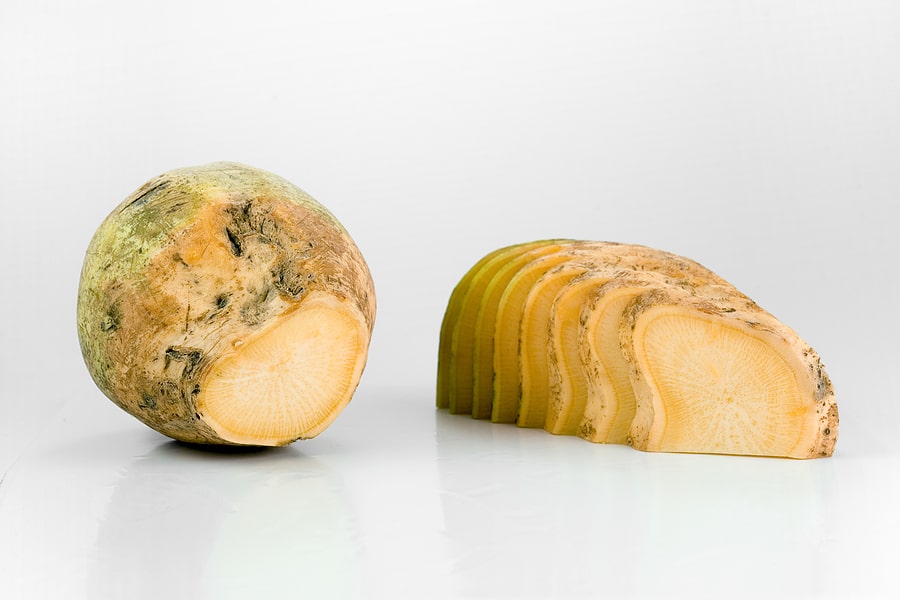
Harvesting rutabaga
- Rutabagas are ready for harvest 60 to 90 days after sowing.
- Lift rutabagas when they are 3 to 5 inches (7-12cm) in diameter and tops are about 12 inches (30cm) tall.
- Rutabagas can remain in the ground as long as the soil temperature does not dip below 24°F (-4.4°C). Mulch roots that remain in the ground.
Storing and preserving rutabaga
- Rutabaga will keep in the vegetable compartment of the refrigerator for 2 to 4 months.
- Rutabaga can be diced and frozen.
Rutabaga varieties to grow
- Varieties. ‘Altasweet’ (92 days); ‘American Purple Top’ (90 days); ‘Laurentian’ (90 days); ‘Swede Purple Top’ (100 days).
About rutabaga
- Common name. Rutabaga, Swedish turnip, Swede, Russian turnip, yellow turnip
- Botanical name. Brassica napus, Napobrassica group
- Origin. Northern Europe
Rutabaga articles at Harvest to Table:
How to Plant and Grow Rutabaga
How to Harvest and Store Rutabaga
Turnip, Rutabaga, Kohlrabi Growing Problems: Troubleshooting
Garden Planning Books at Amazon:
- Vegetable Garden Grower’s Guide
- Tomato Grower’s Answer Book
- Vegetable Garden Almanac & Planner
- Kitchen Garden Grower’s Guide Vegetable Encyclopedia
More how to grow articles:
Learn how to plant, grow, and harvest your favorite vegetables. Click below for all you need to know.
- Artichoke
- Arugula
- Asparagus
- Beans, Snap
- Beets
- Broad Beans
- Broccoli
- Brussels Sprouts
- Cabbage
- Cantaloupe — Melons
- Cardoon
- Carrots
- Cauliflower
- Celeriac
- Celery
- Chard
- Chayote Squash
- Chickpeas
- Chicory
- Chinese Cabbage
- Collards
- Corn Salad
- Corn, Sweet
- Cresses
- Cucumbers
- Eggplant
- Endive and Escarole
- Fava Beans
- Florence Fennel
- Garbanzo Beans
- Garlic
- Horseradish
- Jerusalem Artichoke
- Kale
- Kohlrabi
- Leeks
- Lettuce
- Lima Beans
- Melons
- Mizuna
- Mustard Greens
- New Zealand Spinach
- Okra
- Onions
- Parsnips
- Peanuts
- Peas
- Peppers
- Potatoes
- Pumpkins
- Radicchio
- Radishes
- Rhubarb
- Rutabaga
- Salsify
- Shallots
- Sorrel
- Southern Peas
- Soybeans
- Spinach
- Squash, Summer
- Squash, Winter
- Sunchokes
- Sweet Potato
- Swiss Chard
- Taro
- Tomatillo
- Tomatoes
- Turnips
- Watermelon
- Zucchini

